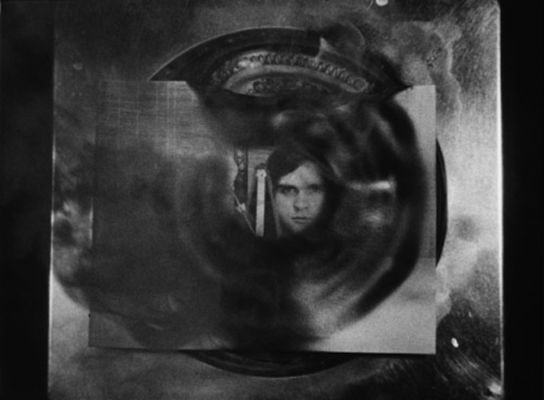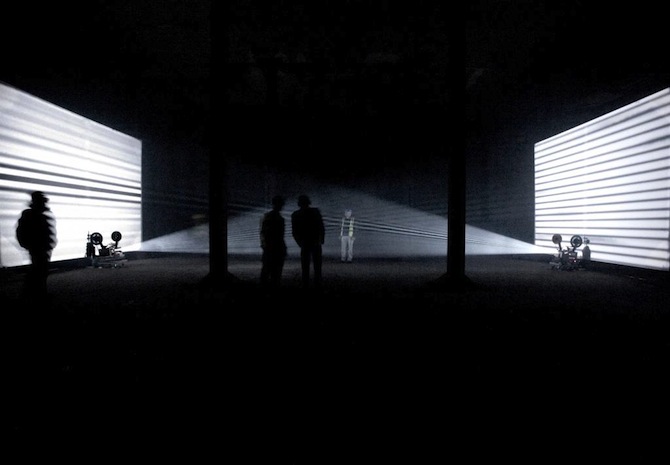Search
To search for an exact match, type the word or phrase you want in quotation marks.
A*DESK has been offering since 2002 contents about criticism and contemporary art. A*DESK has become consolidated thanks to all those who have believed in the project, all those who have followed us, debating, participating and collaborating. Many people have collaborated with A*DESK, and continue to do so. Their efforts, knowledge and belief in the project are what make it grow internationally. At A*DESK we have also generated work for over one hundred professionals in culture, from small collaborations with reviews and classes, to more prolonged and intense collaborations.
At A*DESK we believe in the need for free and universal access to culture and knowledge. We want to carry on being independent, remaining open to more ideas and opinions. If you believe in A*DESK, we need your backing to be able to continue. You can now participate in the project by supporting it. You can choose how much you want to contribute to the project.
You can decide how much you want to bring to the project.

I’m not sure if it would be of any use, the fact of thinking about the cinematographic image by way of the possibility of leaving it. Or rather, to make it leave the place where it has been pigeonholed. Leave the place that it has occupied without stopping being what it is. It would enable it maybe to become itself in another space. To carry out an iconographic scrutiny and transpose it to another space is the end result. A space, that doesn’t just allude to the physical but in particular to the conceptual. This is what the artists brought together in the exhibition Insomnia, curated by Neus Miró, have done. The show that can be seen at the Fundació Miró in Barcelona can be grouped in three parts, all of which proffer suggestive proposals with which to invert the gaze.
On the one hand we find the works of the artist Hollis Framton, who carries out an exploration of the confluence between photography and film, allowing the process to gain presence in the end result. The process, obviously, raises interesting questions about movement and its fragmentation.
On the other hand we find the works of Lis Rhodes, Peter Kubelka, Dan Graham and Stan VanDerBeek. All of which, with different approaches, processes, and formats make it possible to reflect on how to modify, or rather multiply, the way that the spectator relates to the projected image. An image that has been analysed, considered, and, as one observes, is presented in a rhizomatic manner. That is to say, in a way that makes it possible for the different elements that configure the image to participate in it, with it and its surroundings. Following the thread of the discourse of Deleuze and Guattari, fathers of the re-signification of the concept, we would say that the works propose rhizomatic models that propose thinking about random and kindred structures, allowing an extension of the visual field, of what is exhibited and what happens in it. That is, thanks to the shift carried out by the artists in relation to this cinematographic image, we can move towards a new way of looking at and understanding the image, a new status that is still an epistemological way of apprehending through looking.

The third and final part of the exhibition brings together the work of Ben Rivers and Stan Douglas both of whom stress the need to propose changes in the cinematographic language and construction of the narrative models.
The selection remits to the chameleonic quality of the image but also returns us to a question about its nature. Pieces not exempt of dazzling poetry explore other ways of being. A fusion and dialogue with painting, sculpture, drawing, sound or architecture but also with elements fundamental to film such as light, darkness or silence. Through spaces of creation that always function as questions, the answers, that is to say the works we find, respond to the iconographic ellipses that stress the grammar of cinema. A selection of self-references to format, space, and perhaps, the most suggestive one a turning on in itself that becomes a sort of syntactic surgery.
All these pieces are inscribed within the potential of their origins in order to be able to go beyond the image. The narrative extends like a whisper and from there, from this unwritten text, arises the meanings that relocate the new position. Rarely are we able to follow the steps so closely, to attend the becoming of the process and observe the movement close up. It’s worth remembering that cinema, ultimately, remits us to movement and not to a distanced viewing. Therein lies the importance of this conceptual imprint that situates the cinematographic language as a maker of realities in space. They are all winks at this looking beyond the screen, going beyond the visual field and confronting it.

Imma Prieto has for years been marking out three paths from which to reflect about the different contexts that characterise our contemporaneity. Criticism, curating and teaching enable her to think about and establish dialogues from different perspectives and with different objectives, looking for bridges between them. Her research has revolved around performance and video, languages that both arose in the dawn of the sixties that is, in the last years of modernity. Is it because we don´t really know where we are now? Conclusion?
"A desk is a dangerous place from which to watch the world" (John Le Carré)